Hi there, pet lovers! 🐂
Yaks (Bos grunniens) are large, shaggy-haired bovines that have been companions, workers, and providers for people in the Himalayan region for thousands of years. Known as the “ships of the Himalayas,” these incredible animals are not only a source of milk, meat, and fiber but also valuable for transport and even companionship in certain contexts. While not a common household pet like a dog or cat, yaks are increasingly being raised on farms and ranches across the world, especially in colder climates.
In this detailed review, we’ll explore everything you need to know about yaks—their personality, care requirements, economic value, and what it’s really like to raise or keep one. Whether you’re considering adding them to a farm, starting a small herd, or just curious about these magnificent creatures, this guide will provide a clear, comprehensive look.
Overview
Yaks are large bovines native to the Himalayan region, Mongolia, and surrounding areas. They are adapted to cold, high-altitude environments and are prized for their hardiness and usefulness.
Handling and Temperament: Generally calm but can be protective.
Care and Maintenance: Require spacious grazing land, cold-friendly environments, and consistent care.
Health and Durability: Hardy animals, but prone to heat stress and certain parasites.
Availability: Less common worldwide, but increasingly available through specialized breeders and ranches.
Cost: Higher initial investment compared to standard livestock.
Overall: A versatile, rewarding animal for farms, ranches, and experienced livestock keepers.
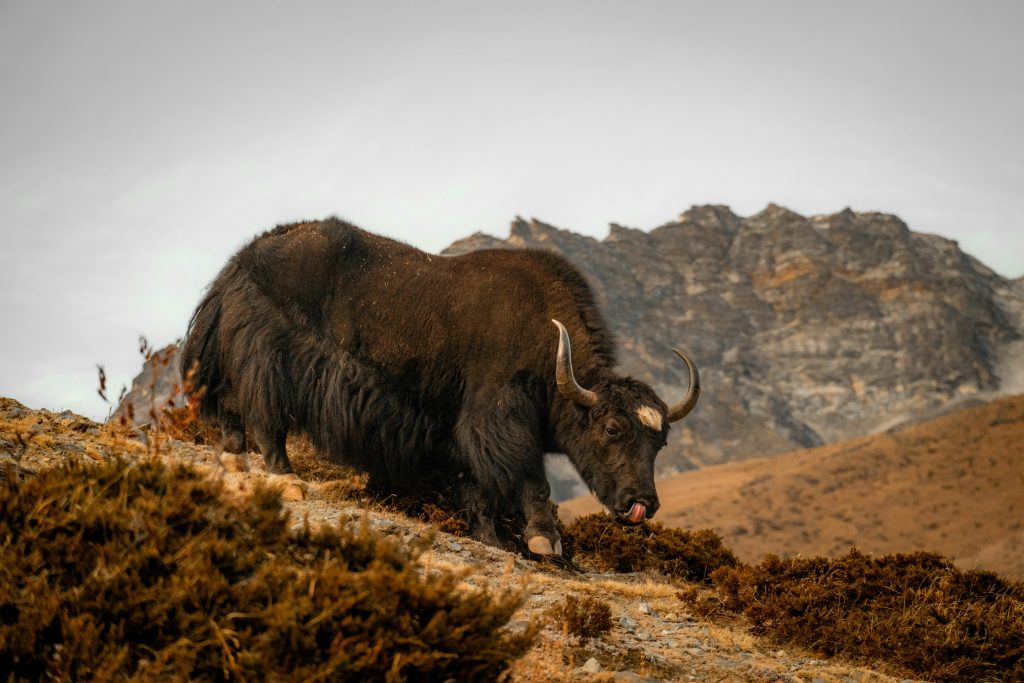
Why Choose a Yak?
Yaks are not ordinary cattle—they are specialized for extreme environments and provide multiple benefits to the people who raise them. Traditionally, they are used for milk, butter, fiber, and meat. Their strength also makes them valuable pack animals in mountainous regions.
For modern farmers, yaks offer several advantages:
- Dual-purpose or multi-purpose livestock: Milk, meat, hides, and fiber are all highly valuable.
- Adapted to harsh climates: Yaks thrive in cold environments where other cattle might struggle.
- Lower ecological footprint: They graze efficiently and can thrive on less food than standard cattle.
- Unique appeal: Their appearance, personality, and versatility make them stand out from traditional livestock.
For those looking to diversify a homestead or ranch, yaks can be an excellent choice. However, they are not suited for every environment—hot, humid regions are especially problematic for them.
Handling and Temperament
Yaks, despite their size and rugged appearance, are often calmer and more docile than standard cattle. However, temperament varies between individuals and depends on how they are raised.
Personality Traits
- Calm and gentle: Many yaks are easy to manage if handled regularly from a young age.
- Protective: Mothers are fiercely protective of their calves. Approaching newborns requires caution.
- Curious: They often show interest in humans and can be tamed with patience and food rewards.
- Social: Yaks prefer living in herds, and isolation can stress them.
Handling Tips
- Always approach calmly and avoid loud noises.
- Use halter training early to make them easier to guide.
- Never underestimate their strength—they can weigh up to 1,200 pounds.
- Work with them in pairs or small groups, as they feel safer with herd mates.
Aggression
While yaks are generally less aggressive than some cattle breeds, bulls can become territorial during the breeding season. Proper fencing and safe handling practices are essential.
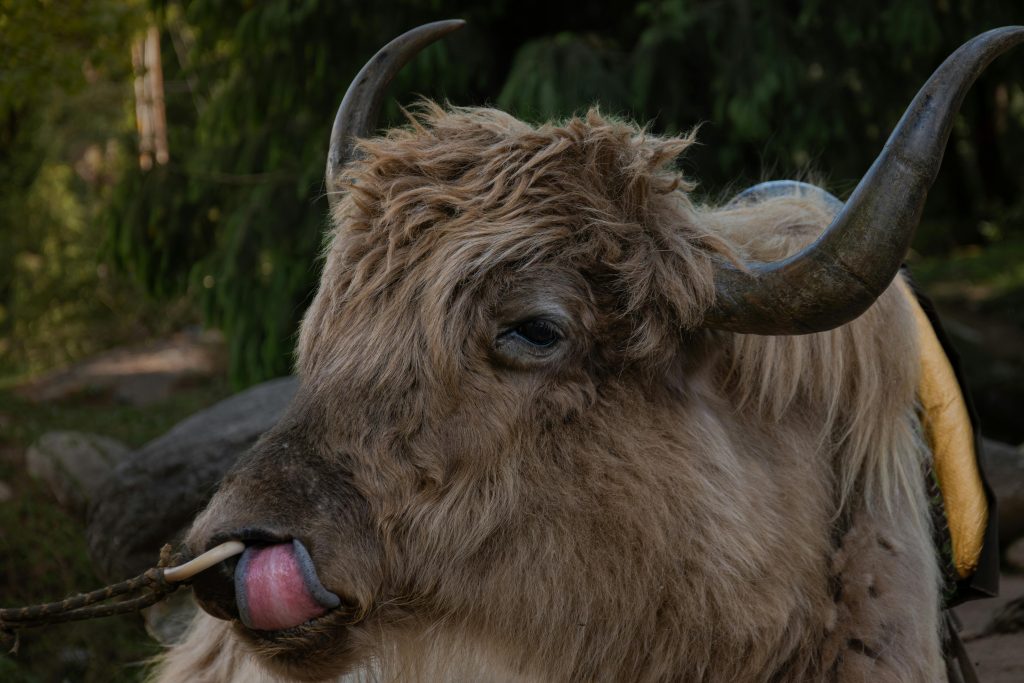
Care and Maintenance
Raising yaks requires attention to their environmental needs and natural behavior. They are resilient animals, but proper care ensures they remain healthy and productive.
Enclosure and Space
- Grazing Land: Each yak requires about 1–2 acres of pasture for adequate grazing.
- Shelter: Yaks prefer being outdoors but need access to windbreaks and barns during severe storms.
- Fencing: Strong fencing is crucial. Yaks are less destructive than cattle but still powerful.
Climate Needs
- Cold Adaptation: Their dense undercoat and long guard hair make them ideal for cold climates.
- Heat Sensitivity: Temperatures above 65°F (18°C) can cause stress. Shade, cool water, and wallows are necessary in warmer climates.
Diet
Yaks are grazers and thrive on grasses, hay, and shrubs. Their digestive systems are efficient, requiring less feed than cattle of similar size.
- Primary Diet: Pasture grasses, meadow hay, and alfalfa.
- Winter Feeding: Supplement with hay and mineral blocks.
- Salt Needs: Always provide free-choice salt and mineral supplements.
Water
Access to fresh, clean water at all times is essential. In cold climates, heated troughs may be required to prevent freezing.
Health and Durability
Yaks are robust, hardy animals, but like all livestock, they have specific health concerns.
Common Health Issues
- Heat Stress: The biggest risk when yaks are kept outside their natural cool climates.
- Parasites: Internal worms and external ticks can affect them, particularly in humid areas.
- Nutritional Deficiencies: Lack of minerals can lead to poor growth or reproduction problems.
Preventative Care
- Maintain regular deworming and vaccination schedules.
- Provide adequate shade and water during warm periods.
- Monitor for signs of overheating—excessive panting, drooling, and lethargy.
With proper care, yaks can live 20–25 years, making them long-term investments.
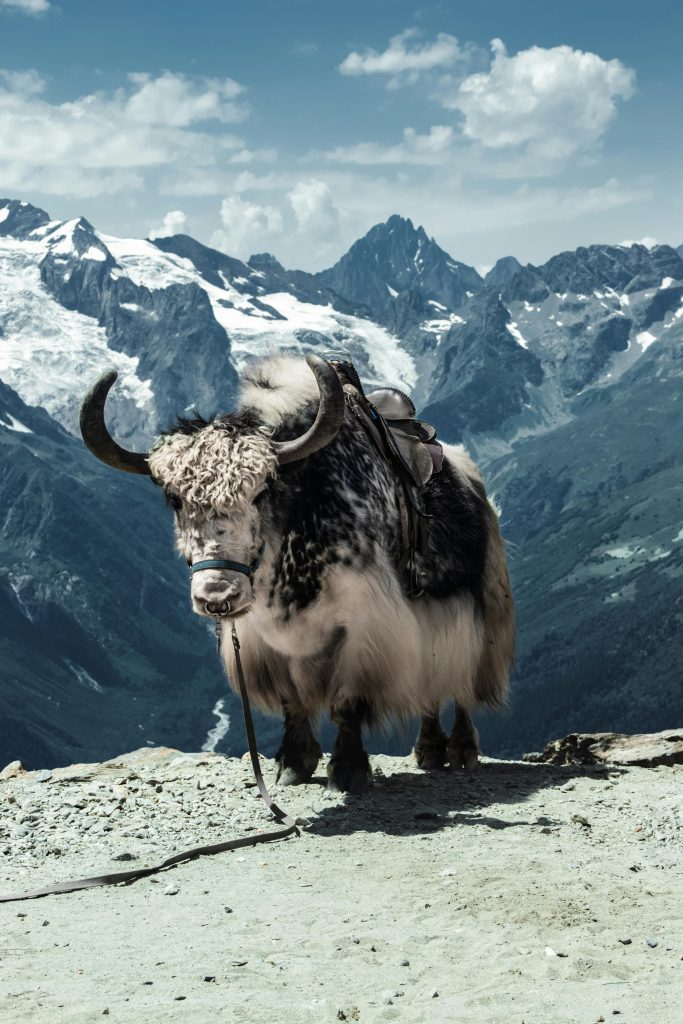
Availability and Cost
Yaks are not as common as cattle, but their popularity is growing outside their native regions. Small-scale ranches in the United States, Canada, and Europe are breeding yaks for meat, fiber, and as novelty livestock.
Where to Buy
- Specialized Breeders: The best option, providing animals that are healthy and socialized.
- Yak Farms/Ranches: Many sell calves, breeding pairs, or even starter herds.
- Livestock Auctions: Rare, but occasionally available.
Cost
- Yak Calf: $500–$1,000 depending on lineage and quality.
- Adult Breeding Female: $1,500–$3,000.
- Adult Bull: $2,000–$5,000.
- Setup Costs: Land, fencing, shelters, and feed can add significantly to initial investments.
Though costly upfront, yaks can generate revenue through meat, milk, hides, wool, and even eco-tourism activities.
Pros and Cons
Pros
- Hardy and well-adapted to cold environments.
- Provide multiple resources: milk, meat, fiber, hides, and labor.
- Generally docile and easier to manage than cattle.
- Require less feed relative to body size compared to cattle.
- Unique appeal and growing demand in niche markets.
Cons
- Not suitable for warm, humid climates.
- Higher upfront costs than cattle.
- Require large grazing areas and strong fencing.
- Limited availability outside certain regions.
- Bulls can be dangerous during rutting season.
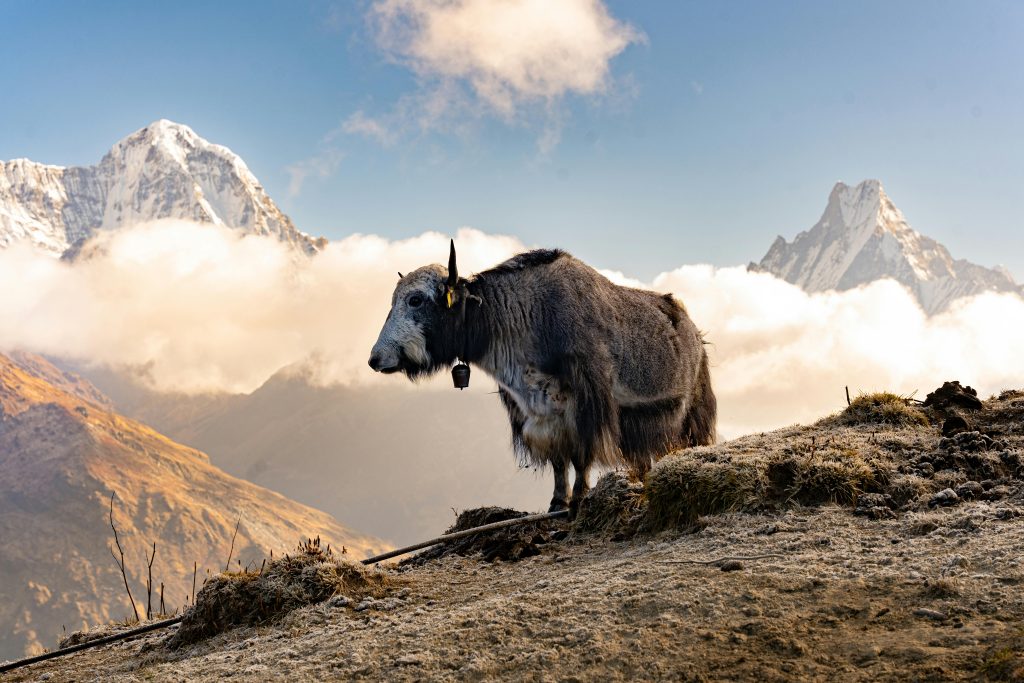
Final Thoughts
Yaks are extraordinary animals with a history intertwined with human survival in some of the harshest regions of the world. Their versatility, resilience, and calm temperament make them valuable additions to farms and ranches—especially in colder climates. While they are not the right choice for everyone, those with the space, resources, and dedication to care for them will find yaks to be highly rewarding companions and providers.
For anyone considering yaks, visiting a yak ranch is highly recommended. Meeting them in person allows a better understanding of their size, personality, and care needs. Their majestic presence, gentle eyes, and the benefits they bring to a homestead or farm make them truly remarkable animals.
Have you ever seen or raised a yak? Share your experiences and insights below—we’d love to hear what makes these amazing creatures special to you.
For more livestock reviews and animal care guides, stay tuned to our blog and make sure to subscribe to our newsletter! 🐂

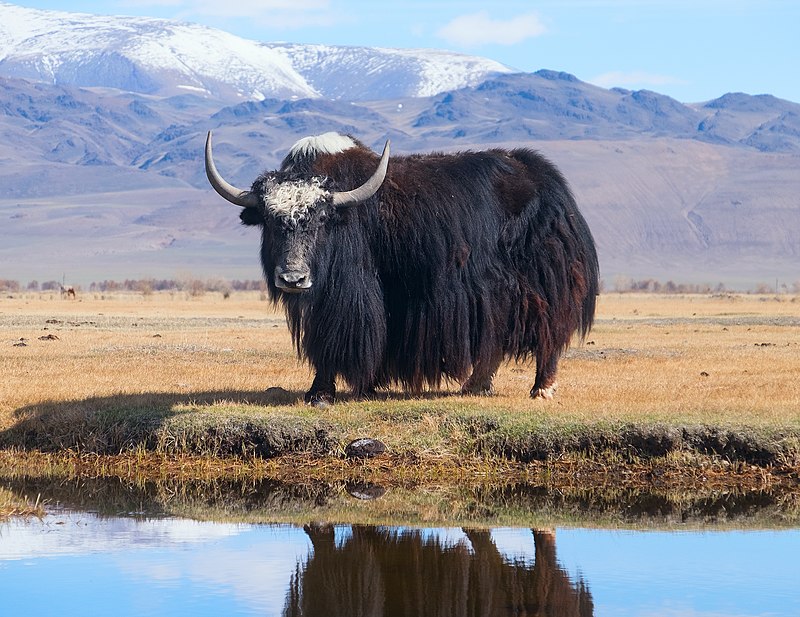

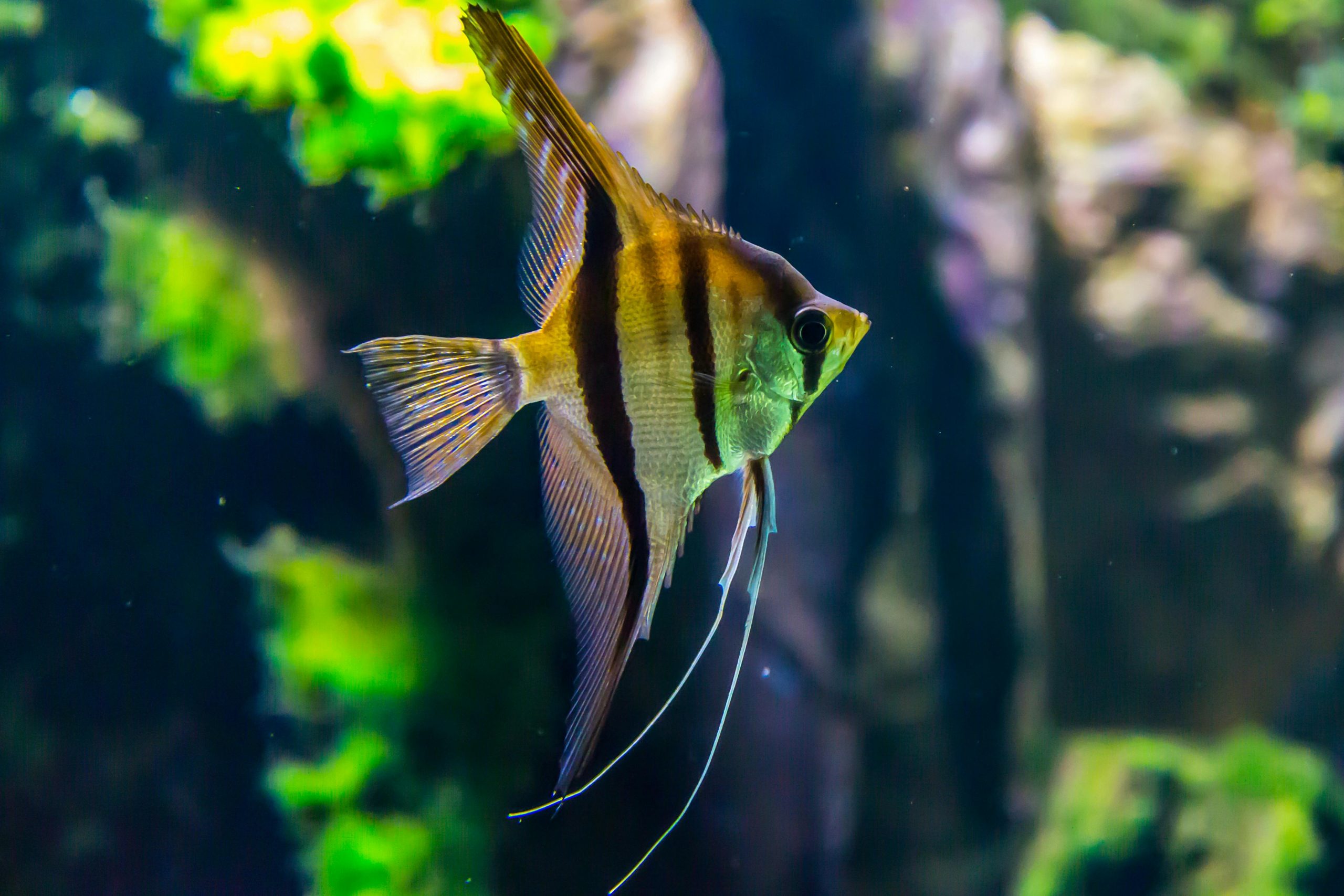
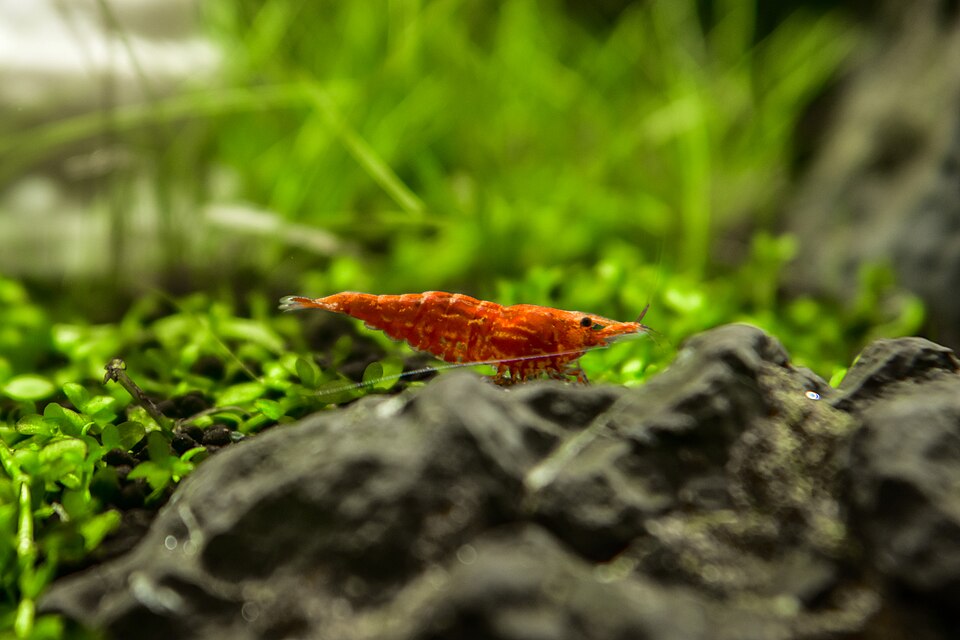

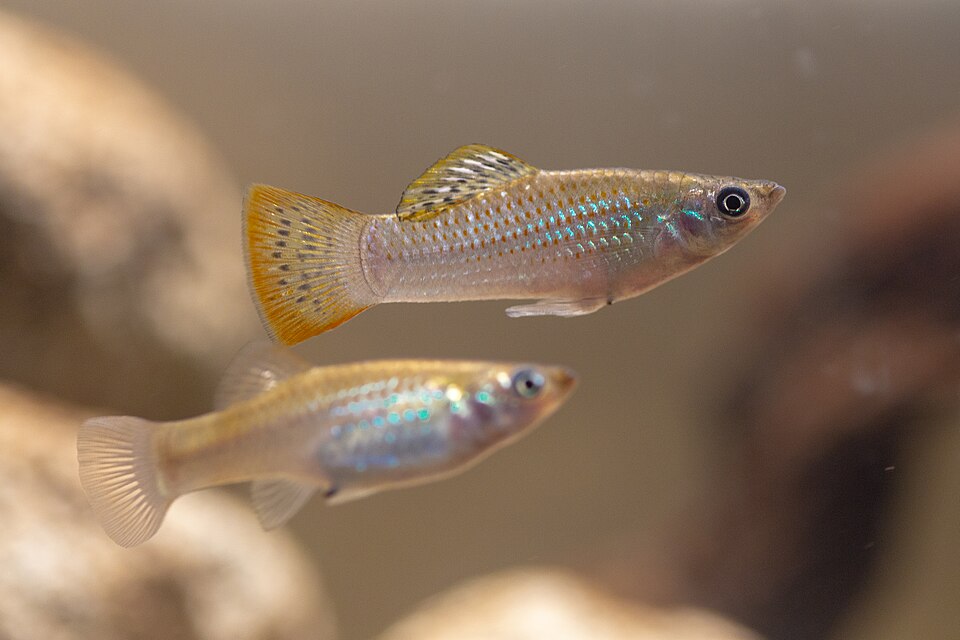
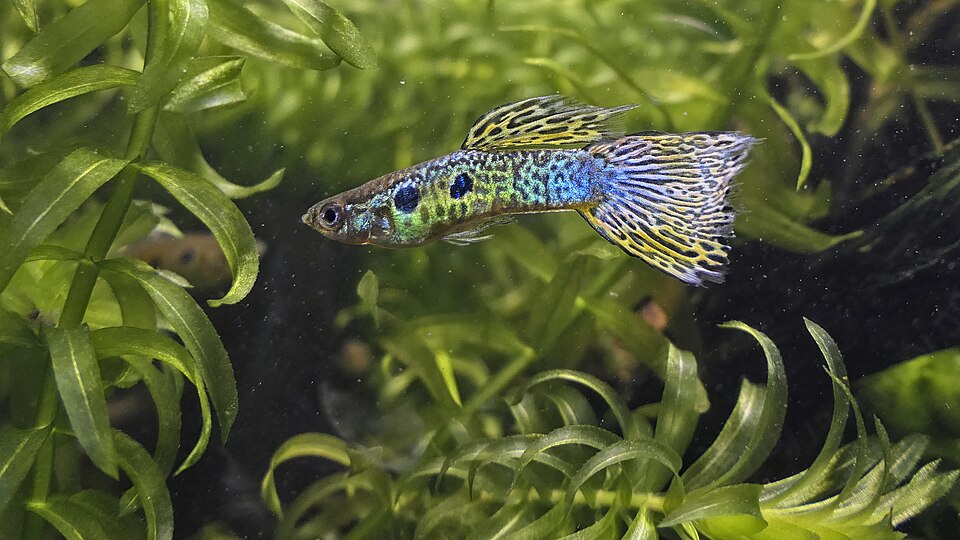
Leave a Reply